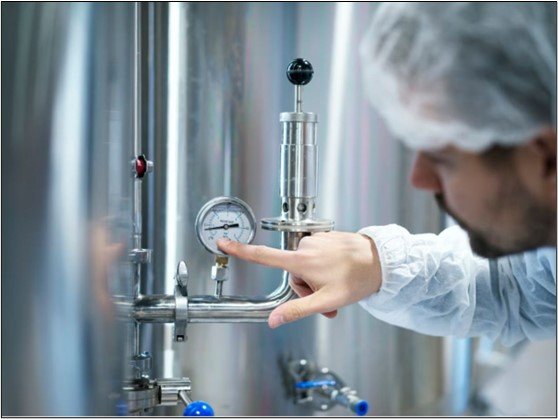Seawater RO Membrane Technology: A Solution for Desalination in Melbourne
Water scarcity is a growing global concern, and Melbourne, Australia, is no exception. Located in a locale prone to droughts and facing increasing water demand because of population growth, Melbourne has been seeking innovative solutions to supply and secure its water. Perhaps the most promising technology in the realm of water treatment is Seawater Reverse Osmosis (RO) membrane technology, which has arisen as a sustainable and viable solution for desalination in Melbourne.
Seawater RO Membrane Technology
Seawater RO membrane technology is a process that involves the utilization of semipermeable membranes to eliminate salt and pollutants from seawater, making it safe and suitable for various purposes, including drinking water. This technology has several key advantages that make it a valuable solution for addressing water scarcity in Melbourne:
Abundant Source: Melbourne is surrounded by the ocean, providing an abundant wellspring of seawater for desalination. This decreases reliance on rainfall and stream streams, making the city stronger to droughts.
Energy Effectiveness: Seawater RO technology has become more energy-proficient throughout the long term, with advancements in membrane materials and framework plans. This guarantees that the desalination process consumes less energy, minimizing its environmental impact.
Consistent Water Quality: Reverse osmosis (RO) membranes provide consistent water quality, since they can convert a large portion of saltwater intake. Ensuring this dependability is crucial for satisfying water requirements.
Practical: With ongoing technological advancements and economies of scale, the expense of seawater desalination using RO membrane technology has become more cutthroat, making it a savvy solution for the city.
Environmental Considerations
While seawater RO membrane technology offers numerous advantages, taking into account its environmental impact is essential. The brine, or concentrated saltwater, generated during the desalination process can have ecological results while possibly not appropriately managed. Be that as it may, current desalination plants, including the one in Melbourne, utilize strategies to minimize the environmental impact, for example, diluting and diffusing the brine in the ocean to lessen its salinity.
Besides, advancements in membrane technology have prompted the improvement of more eco-accommodating membranes that decrease energy utilization and enhance the sustainability of the desalination process. These innovations add to making seawater RO membrane technology an environmentally dependable solution for Melbourne's water needs.
Melbourne's Desalination Success Story
The Victorian Desalination Plant in Wonthaggi, located approximately 130 kilometers from Melbourne, has been a crucial part of Melbourne's water supply strategy. With a capacity to produce up to 150 billion liters of new water annually, it has provided the city with a reliable wellspring of water during times of drought and water scarcity.
Additionally, the plant has played a role in enhancing water security and versatility for Melbourne's growing population. Its prosperity demonstrates the viability of seawater RO membrane technology in addressing the water challenges faced by current urban areas.
Conclusion
Seawater RO membrane technology has arisen as a game-changing solution for desalination in Melbourne. Puran Membrane offers seawater RO membrane series in addressing water scarcity challenges, setting an example for other water-focused locales around the world.

